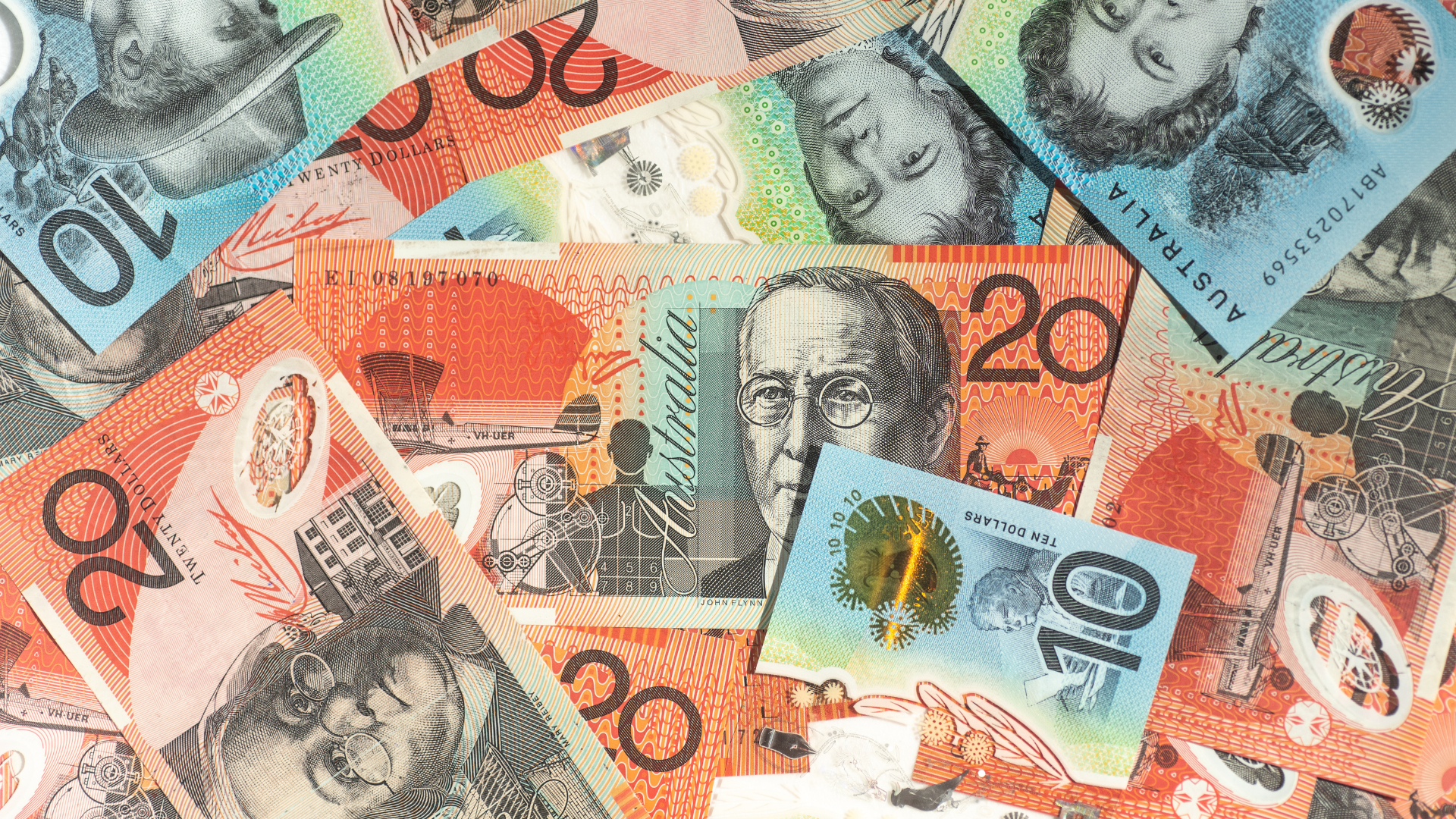The Australian dollar extended its gains, approaching a key resistance level as mixed US economic data pressured the US dollar. Traders reacted to signs of a potential slowdown in the US economy, shifting demand toward risk-sensitive currencies like the Aussie, which benefited from improved market sentiment.
Weaker-than-expected US manufacturing and consumer sentiment figures weighed on the greenback, raising speculation that the Federal Reserve may reconsider its higher-for-longer rate stance. While US jobless claims showed labor market resilience, the broader economic uncertainty kept the dollar under pressure, allowing the Australian dollar to push higher.
Meanwhile, commodity prices held firm, providing additional support for the Aussie, which remains closely tied to global demand for raw materials. Optimism surrounding China’s economic outlook further boosted sentiment, as Australia’s largest trading partner plays a crucial role in driving demand for exports like iron ore and coal.
Looking ahead, traders will focus on upcoming US inflation data and potential signals from the Federal Reserve, which could determine whether the dollar stabilizes or extends its decline. Additionally, any shifts in the Reserve Bank of Australia’s (RBA) policy outlook could impact the Australian dollar’s momentum in the near term.
For now, AUD/USD remains in an uptrend, with key resistance levels in sight. If market sentiment remains supportive and US data continues to weaken, the Aussie may have room for further gains in the sessions ahead.













